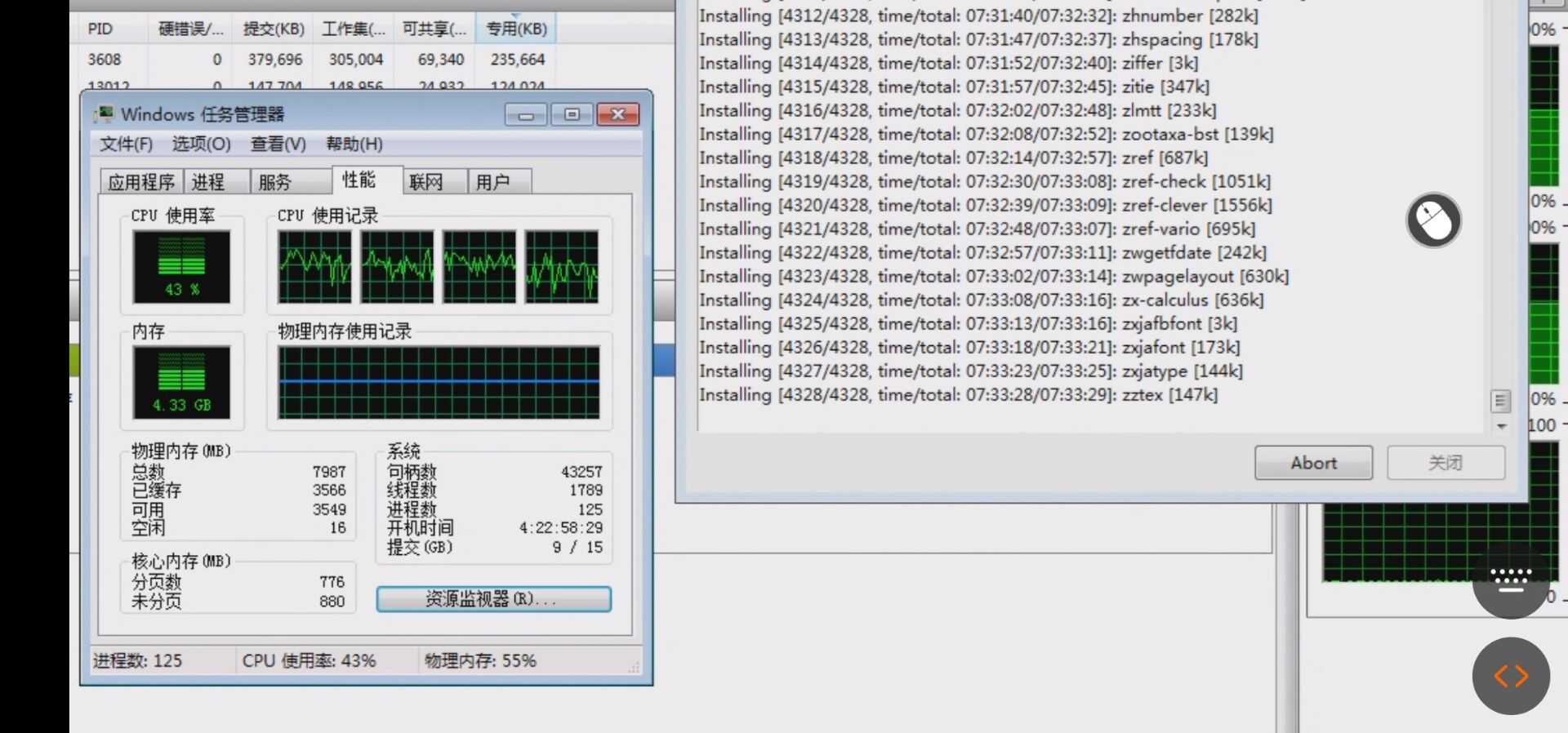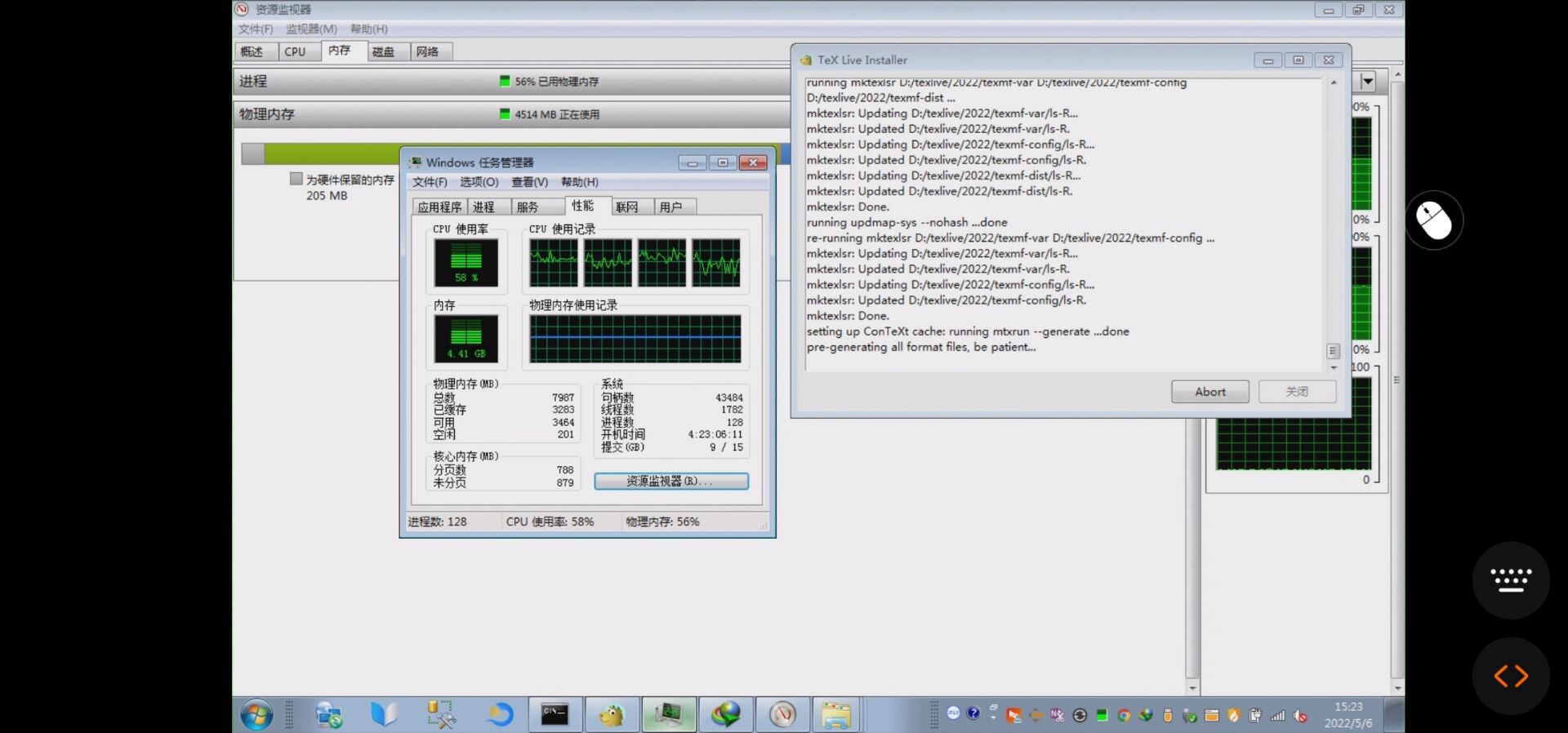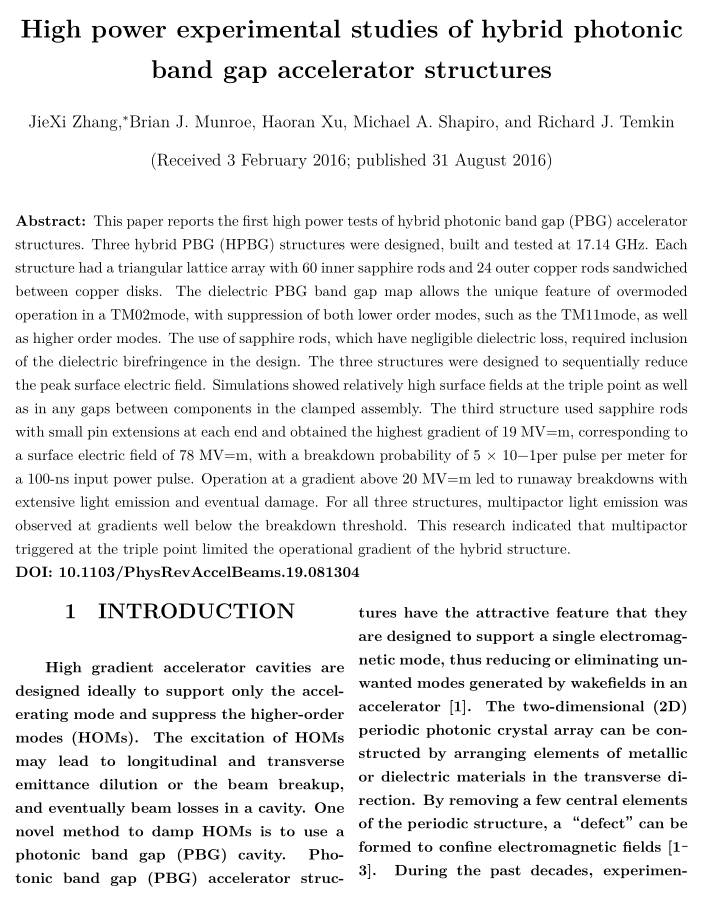1
2
3
4
5
6
7
8
9
10
11
12
13
14
15
16
17
18
19
20
21
22
23
24
25
26
27
28
29
30
31
32
33
34
35
36
37
38
39
40
41
42
43
44
45
46
47
48
49
50
51
52
53
54
55
56
57
58
59
60
61
62
63
64
65
66
67
68
69
70
71
72
73
74
75
76
77
78
79
80
81
82
83
84
85
86
87
88
89
90
91
92
93
94
95
96
97
98
99
100
101
102
103
104
105
106
107
108
109
110
111
112
113
114
115
116
117
118
119
120
121
122
123
124
125
126
127
128
129
130
131
132
133
134
135
136
137
138
139
140
141
142
143
144
145
146
147
148
149
150
151
152
153
154
155
156
157
158
159
160
161
162
163
164
165
166
167
168
169
170
171
172
| \documentclass[hyperref]{ctexart}
\usepackage[left=2.50cm, right=2.50cm, top=2.50cm, bottom=2.50cm]{geometry} %页边距
\usepackage{helvet}
\usepackage{hyperref} %doi引用
\hypersetup
{
colorlinks=true,
linkcolor=blue,
filecolor=blue,
filecolor=blue,
urlcolor=blue,
citecolor=cyan,
}
\usepackage{amsmath, amsfonts, amssymb} % 数学公式、符号
\usepackage[english]{babel}
\usepackage{graphicx} % 图片
\usepackage{url} % 超链接
\usepackage{bm} % 加粗方程字体
\usepackage{multirow}
\usepackage{booktabs}
\usepackage{algorithm}
\usepackage{algorithmic}
\renewcommand{\algorithmicrequire}{ \textbf{Input:}}
\renewcommand{\algorithmicensure}{ \textbf{Initialize:}}
\renewcommand{\algorithmicreturn}{ \textbf{Output:}}
%算法格式
\usepackage{fancyhdr} %设置页眉、页脚
\pagestyle{fancy}
\lhead{}
\chead{}
\lfoot{}
\cfoot{}
\rfoot{}
\usepackage{hyperref} %bookmarks
\hypersetup{colorlinks, bookmarks, unicode} %unicode
\usepackage{multicol}
\title{\textbf{High power experimental studies of hybrid photonic band gap accelerator structures}}
\author{\sffamily JieXi Zhang,$^*$Brian J. Munroe, Haoran Xu, Michael A. Shapiro, and Richard J. Temkin}
\date{(Received 3 February 2016; published 31 August 2016)}
\begin{document}
\maketitle
\noindent{\bf Abstract: }This paper reports the first high power tests of hybrid photonic band gap (PBG) accelerator structures.
Three hybrid PBG (HPBG) structures were designed, built and tested at 17.14 GHz. Each structure had a
triangular lattice array with 60 inner sapphire rods and 24 outer copper rods sandwiched between copper
disks. The dielectric PBG band gap map allows the unique feature of overmoded operation in a TM02mode,
with suppression of both lower order modes, such as the TM11mode, as well as higher order modes. The
use of sapphire rods, which have negligible dielectric loss, required inclusion of the dielectric birefringence
in the design. The three structures were designed to sequentially reduce the peak surface electric field.
Simulations showed relatively high surface fields at the triple point as well as in any gaps between
components in the clamped assembly. The third structure used sapphire rods with small pin extensions at
each end and obtained the highest gradient of 19 MV=m, corresponding to a surface electric field of
78 MV=m, with a breakdown probability of 5 × 10−1per pulse per meter for a 100-ns input power pulse.
Operation at a gradient above 20 MV=m led to runaway breakdowns with extensive light emission and
eventual damage. For all three structures, multipactor light emission was observed at gradients well below
the breakdown threshold. This research indicated that multipactor triggered at the triple point limited the
operational gradient of the hybrid structure.\\
%\DOI{10.1103/PhysRevAccelBeams.19.081304}
\noindent{\bf DOI: 10.1103/PhysRevAccelBeams.19.081304
\begin{multicols}{2}
\section{INTRODUCTION}
High gradient accelerator cavities are designed ideally to
support only the accelerating mode and suppress the
higher-order modes (HOMs). The excitation of HOMs
may lead to longitudinal and transverse emittance dilution
or the beam breakup, and eventually beam losses in a
cavity. One novel method to damp HOMs is to use a
photonic band gap (PBG) cavity. Photonic band gap (PBG)
accelerator structures have the attractive feature that they
are designed to support a single electromagnetic mode, thus
reducing or eliminating unwanted modes generated by
wakefields in an accelerator [1]. The two-dimensional (2D)
periodic photonic crystal array can be constructed by
arranging elements of metallic or dielectric materials in
the transverse direction. By removing a few central
elements of the periodic structure, a “defect” can be formed
to confine electromagnetic fields [1–3]. During the past
decades, experimental and theoretical studies on PBG
structures have been conducted involving room temper-
ature metallic materials and superconducting materials, as
well as dielectric materials [4–14].\par
Previous research has demonstrated the confinement of
the accelerating mode. A six-cell traveling wave (TW)
metallic PBG (MPBG) structure was built and successfully
applied to accelerate electrons at a gradient of 35 MV=m
with a TM01mode [4]. Follow-on experimental research
was carried out to investigate the wakefield damping
properties of the metallic PBG structure [15]. In order to
achieve higher gradient, new standing wave PBG structures
were designed to put into high power testing. Metallic PBG
structures were high power tested to investigate breakdown
phenomena at SLAC at X-Band, 11.424 GHz, and at MITat
Ku-Band, 17.14 GHz [11,12,16,17]. The gradients and
breakdown probabilities achieved by the metallic PBG
structures were found to be comparable with those of
conventional disk-loaded waveguide (DLWG) cavities
[16,17]. Wakefield damping has been studied in simulation
for metallic PBG structures including both room temper-
ature cavities and superconducting cavities [13,18]. A
superconducting PBG cavity for damping high order modes
in a superconducting structure has recently been success-
fully tested [19].\par
Conventional cavities use the TM01mode as the oper-
ation mode for acceleration, which makes damping the
most dangerous HOM, the TM11dipole mode a big
challenge. Due to the cutoff frequency in the band gap
map, the metallic PBG structure used the TM01mode as the
accelerating mode [20]. The same as the conventional cavities, the dangerous TM11dipole mode could be weakly
confined in a metallic PBG structure in which only a finite
number of rows of rods are included. A dielectric PBG
lattice, such as the lattice of sapphire rods described in this
paper, has a band gap map without a cutoff frequency [3].
This makes a dielectric PBG cavity fundamentally different
from a metallic PBG cavity. Furthermore, the dielectric
PBG cavity does not have to operate in the TM01mode.
Operation in a higher order mode allows the potential use of
larger irises and larger structure sizes, which may be very
important as the accelerator frequency increases. We have
developed a specific geometrical design in which the TM02
mode is confined as the accelerating mode [21,22]. The
unwanted TM11dipole mode is located at lower frequency,
below the band gap, and is not confined. Although a lattice
made up entirely of dielectric rods could be constructed,
adding metallic rods in the outside row, where the field
strength is low, can enhance the structure Q [9,22]. This
PBG structure that employs both metallic and dielectric
material is called a hybrid photonic band gap (HPBG)
structure. Dielectric materials have the potential to increase
the structure Q since dielectric loss can be very small. In
addition, lack of experimental data about breakdown
phenomena on dielectric materials at Ku-Band motivated
this high power testing of the HPBG cavity.\par
This paper reports the design and the first high power
tests of HPBG structures. Three structures, the HPBG-d3,
the HPBG-d025, and the HPBG-Pin structure, each with a
different dielectric rod design, have been high power tested.
The latter two structures were designed to sequentially
reduce the surface electric field. The dielectric band gap
map will be presented in Sec. II, as well as the cavity modes
confined by the HPBG structure. Designs of the HPBG-d3
and HPBG-Pin structure will be described in detail in
Sec. III. Section IV covers the cold test results, including
the demonstration of the overmoded operation. Section V
discusses the results of the high power testing of the HPBG
structures. Discussion and conclusion are presented in
Sec. VI.
\subsection{title}
This is introduction.This is introduction.This is introduction.This is introduction.This is introduction.This is introduction.
\subsubsection{title}
This is introduction.This is introduction.This is introduction.This is introduction.This is introduction.This is introduction.
\section{title}
\noindent Equations:
\begin{equation}
E=mc^2
\end{equation}
\begin{equation}
H\psi=E\psi
\end{equation}\\
$\partial\partial=0$, and
$$\iint_S \vec{F}\cdot \vec{n}d\sigma=\iiint \nabla\times\vec{F}dV$$
\section{Conclusion}
This is conclusion. This is conclusion. This is conclusion. This is conclusion. This is conclusion. This is conclusion. This is conclusion. This is conclusion. This is conclusion.This is conclusion.
\section*{Acknowledgments}
These are acknowledgments. These are acknowledgments. These are acknowledgments. These are acknowledgments. These are acknowledgments. These are acknowledgments.
\begin{thebibliography}{100}%此处数字为最多可添加的参考文献数量
\bibitem{article1}This is reference.%title author journal data pages
\bibitem{book1}This is reference.%title author publish date
\end{thebibliography}
\end{multicols}
\end{document}
|







